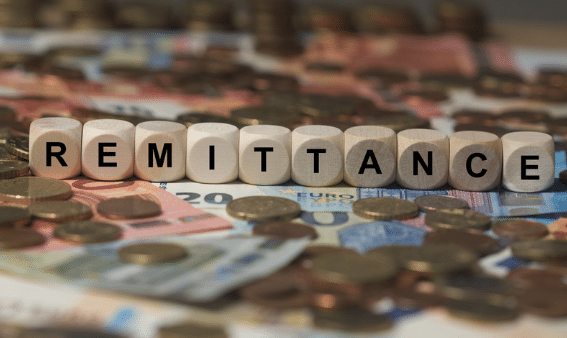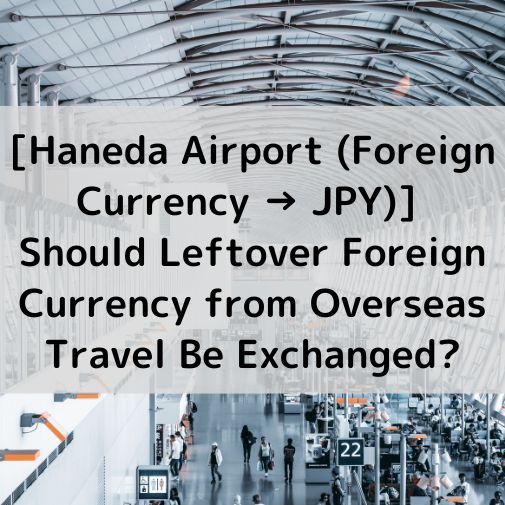Understanding Remittance Transfer Fees: A Comprehensive Guide
2023-05-10

This article is an explanation of the third most common fee incurred in overseas money transfers. For an overview of all fees, please see this article first.
What is Transfer Fee?
People who are using overseas money transfers for the first time may be worried about what kind of fees will be incurred during the transfer. To save money on overseas money transfers, it is essential to understand the types and prices of fees incurred. There are five types of fees for overseas money transfers: 1. Deposit fees, 2. Exchange rate/ Currency Conversion fees, 3. Transfer fees, 4. Intermediary bank fees, and 5. Receiving fees.
Among these five fees, the “transfer fee” is the fee that varies the most among different overseas money transfer service providers. The “transfer fee” refers to the “administrative fees/rewards” paid to the overseas money transfer service provider. Understanding this transfer fee is essential when trying to save money during overseas money transfers. This article explains in detail the fee structure and factors that affect the transfer fee.
5 Fees incurred during International Money Transfers:
- Deposit fee
- Exchange Rate and Currency Conversion fees
- Transfer fee
- Intermediary Bank fee
- Receiving fees
Two Types of Transfer Fees: Fixed or Fluctuating
Transfer fees can be broadly categorized into “Fixed” and “Fluctuating” Transfer Fees. As a general trend, banks tend to have “fixed” transfer fees for international money transfer, while fund transfer service providers often adopt “fluctuating” transfer fee structures. Let’s take a closer look at the characteristics of each fee type.
Bank: Fixed Transfer Fees
A “fixed transfer fee” refers to a flat fee charged per transfer, regardless of the remittance amount. Banks are the main overseas remittance providers that use this fee structure.
The average transfer fee at banks varies depending on the method used for the remittance request. For example, the average fee for conducting an overseas remittance through a bank’s website or app is around 2,000 to 3,000 yen. If the remittance is processed at a bank counter, the average fee is approximately 7,500 to 8,000 yen.
Considering the fee trends mentioned above, using a bank is not recommended for small to moderate remittance for few thousands yen . In extreme cases, sending 10,000 yen from a bank counter would incur a fee of nearly 10,000 yen.
However, for remittances in the range of hundreds of thousands of yen or more, banks are recommended as the fees remain fixed, resulting in a lower fee percentage relative to the remittance amount.
Fund Transfer Service Providers: Fluctuating Transfer Fees
A “fluctuating transfer fee” means that the fee per transfer varies based on the remittance amount. Fund transfer service providers are the main overseas remittance providers that adopt this fee structure.
As for the fee range offered by fund transfer service providers, for remittance amounts ranging from a few thousand yen to less than 100,000 yen, the transfer fee typically falls within the range of 500 to 1,000 yen. For remittance amounts around 1 million yen, the transfer fee ranges from 3,000 to 5,000 yen.
Considering the fee trends mentioned above, if you are planning a small remittance, it is strongly recommended to use a fund transfer service provider.
Factors Influencing Transfer Fees
So far, we have discussed the types of transfer fees (fixed and fluctuating). Now, let’s delve a bit deeper into the factors that influence these transfer fees. There are primarily four factors that impact transfer fees.
The Four Factors Influencing Transfer Fees
- Method of Remittance Request
- Destination Country
- Amount of Remittance
- Method of Receiving Funds
The above four factors impact the transfer fees offered by overseas remittance providers (banks and fund transfer service providers). Let’s take a closer look at each of these fluctuating elements.

① Method of Remittance Request
The remittance request method can be categorized into “in-person” and “remote” methods. “Counter remittance” is an example of an in-person method, where you visit the physical branch of a bank or fund transfer service provider and make a face-to-face request for an overseas remittance.
On the other hand, remote remittance request methods include the provider’s “website,” “app,” and “other methods (phone, mail, etc.).” Generally, remote remittance requests tend to have lower fees compared to in-person requests.
②Destination Country
For fund transfer service providers, the setting of transfer fees varies depending on the destination country. Each provider specializes in different destination countries or regions, and this specialization can result in competitive fees for their preferred remittance routes.
On the other hand, for most banks, transfer fees do not fluctuate based on the destination country.
③ Amount of Remittance
Both banks and fund transfer service providers may have different fee structures based on the remittance amount. Some providers offer tiered fee systems where the fee changes depending on the amount being remitted. It is important to consider how the fee structure aligns with your specific remittance amount.
In the case of most banks, the remittance fee does not vary depending on the amount of the remittance.
④Method of Receiving Funds
For fund transfer service providers, there may be options to choose the method of receiving funds, such as bank account transfer or cash pickup at designated locations in the destination country. In such cases, it is important to note that the transfer fees may vary depending on the chosen receipt method.
On the other hand, when requesting an overseas remittance through a bank, the available receipt method is typically limited to bank account transfer. Therefore, there is no concern about transfer fees fluctuating based on the receipt method.
Caution: Choosing an overseas remittance provider based solely on transfer fees is risky!
Transfer fees are just one of the five types of fees associated with overseas remittance. To save money on your international transfers, it is important to consider not only the transfer fees but also factors such as exchange rates, currency conversion fees, intermediary bank fees, and recipient fees.
If you want to find a provider that matches your specific overseas remittance needs, we recommend using MoneySaver: Overseas Remittance Simulator. It takes into account exchange rates, transfer fees, intermediary bank fees, and recipient fees to help you find the most suitable option for your international transfers.
For more details, please refer to the information below.


 Language
Language













